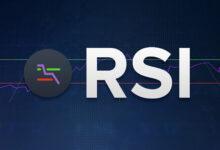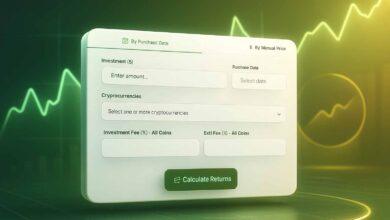Invest in Cryptocurrencies
Moving Averages in Crypto: Trend Structure, Regime Filters & Risk Alignment (2026 Guide)

Discover how to use moving averages in crypto trading with proven strategies,…
Best Crypto Technical Indicators for 2025: RSI, MACD, Moving Averages & More

Why Technical Indicators Still Matter in Crypto (2025 Context) Crypto markets in…
RSI in Crypto: Momentum Regimes, Divergence & Risk Signals (2025 Guide)

The Relative Strength Index (RSI) is a popular technical indicator used by…
Crypto Investment Risk — The Complete Guide

Crypto investing carries high volatility and emotional risk, but it can be…
Backtesting vs Forward Testing: When & Why to Use Each

Understand the difference between backtesting and forward testing. Learn when to use…
Where to Invest in Crypto: The Best Countries for Tax Benefits and Regulations

Looking to invest in crypto? Discover the best countries with tax benefits,…








